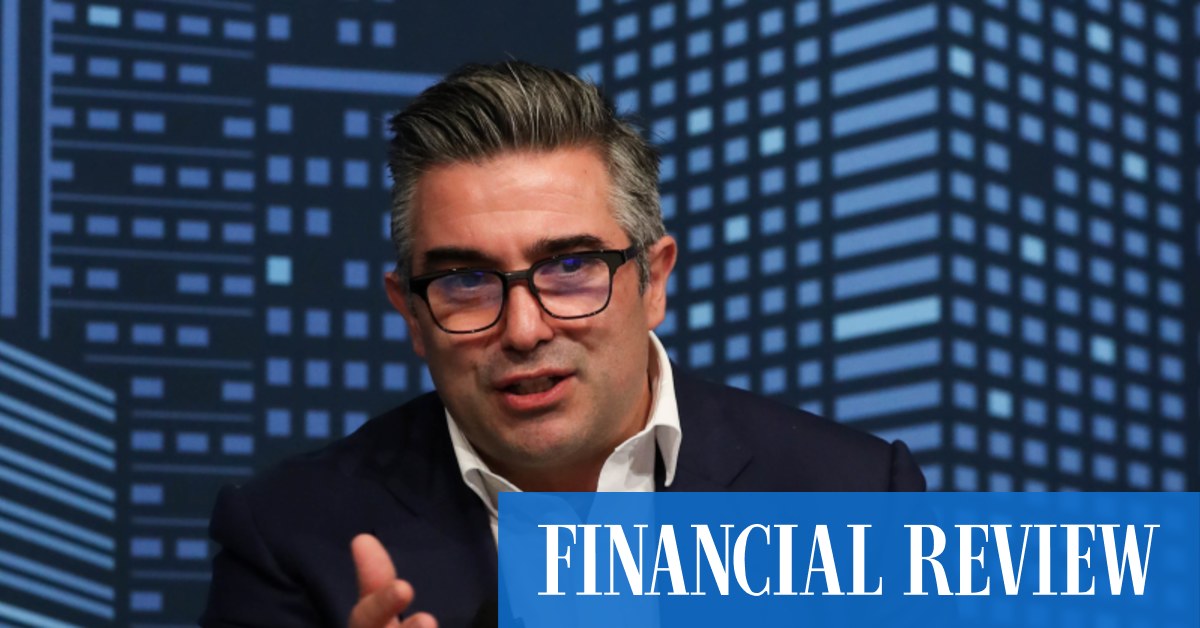
The swing to loss from a $196 million profit a year earlier reflected the halving of lot settlements to 504 in its residential communities business as border closures dampened demand for new apartments globally.
EBITDA earnings in the company’s commercial urban developments business fell by three-quarters to $45 million as few large commercial projects completed during the period.
Construction EBITDA fell 19 per cent, largely due to COVID-19 effects on work at its US operations.
But with signs of a pick-up globally in demand for apartments as border restrictions eased, Lendlease took steps to tap that demand better by replacing the management of its communities team, a step that boosted sales by 90 per cent to 1522 lots in the first half alone and would further lift residential sales, it said.
“The key for us on communities was to fix the business and really drive better performance,” chief executive Tony Lombardo said. “We’ve taken the necessary action. We see a stronger second half.”
The company expected to complete 2000 settlements in the second half and settle between 3000 and 4000 residential lots next year within its targeted 10-13 per cent return on invested capital range. In the six months to December development ROIC was just 0.6 per cent.
The company’s development arm has 47 projects – for a total pipeline of $112 billion – across the US, Europe, Asia and Australia.
Mr Lombardo said the company had pushed on with the restructure announced last year to sell less-profitable projects and nearly double funds under management, removing $160 million worth of costs each year. Profitability would improve in the second half.
“We’re confident Lendlease has passed the low in profitability,” he said.
“While COVID risks remain, improved visibility of factors within our control provides more certainty on the outlook for the group.”
Investment EBITDA rose 17 per cent to $141 million as funds under management increased 11 per cent, investment income picked up and its retirement living business delivered a higher contribution.
Pandemic clouds remain over the development business, however. Lendlease narrowed its returns outlook for development ROIC in the current year to a 2 per cent to 4 per cent range, from 2 to 5 per cent.
The company boosted its outlook for ROIC in its investments arm to a range from 7.5 per cent to 8.5 per cent, from 5-8 per cent, and kept its anticipated construction EBITDA margin unchanged at 2-3 per cent.
Lendlease remains on track to secure the targeted $160 million in cost savings this year, with 60 per cent of the actions needed to make the savings achieved to date. It had cut headcount by 260 people and would cut 100 more, Mr Lombardo said.
The improvement over the six months to June would be boosted also by the $170 million sale of a 28 per cent stake in its US military housing income stream and improved productivity in construction as COVID-19 restrictions eased, the company said.
Lendlease declared an interim distribution of 5¢ a security, one-third of the 15¢ it paid a year earlier. It is payable on March 16.
Separately, Mr Lombardo said the company was finalising a report the company had commissioned into allegations of racism it faced in its US operations that were raised with chairman Michael Ullmer at the company’s AGM last year.
The findings of that report would be communicated back to the person raising the question, Mr Lombardo said.
Diversity and inclusion was a “key plank” for the company, and it needed strategies to ensure that in all markets it operated, he said.
“We will continue to do that and hopefully lead the markets where we operate,” he said.








